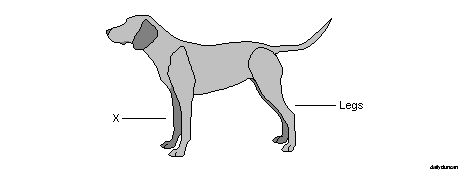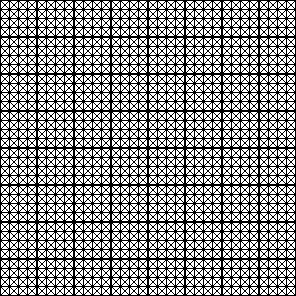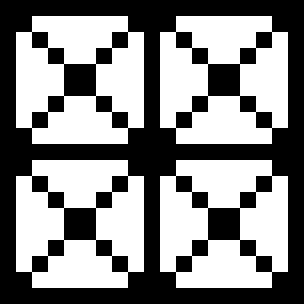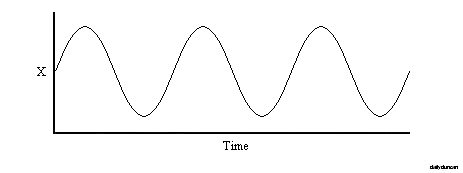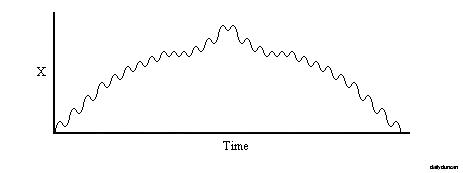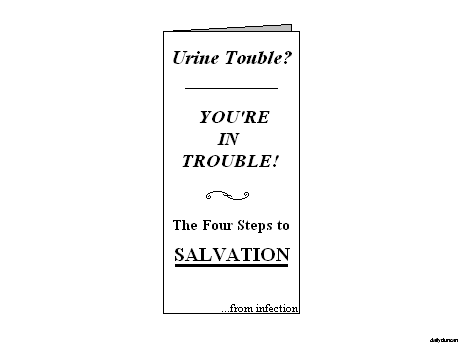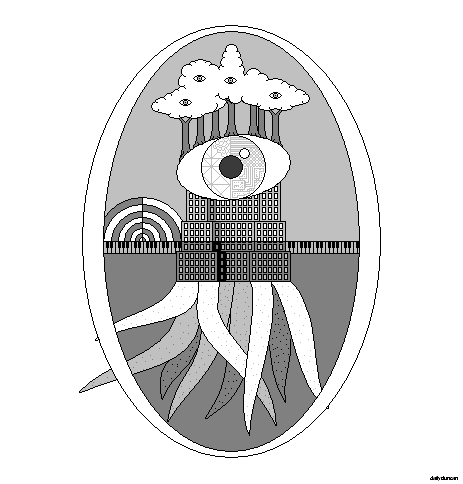French philosopher Marquis de Condorcet declared that the metric system would be, “for all people for all time,” but time, ironically, is the one subject that has not been transformed by the metric system. In part I we discussed how math is made much more difficult when working with units of measure that don’t have a base of 10. Now we’ll talk about why metric time is such a uniquely complex concept.
In order to implement the metric system, we must simply choose a base unit for measurement and apply the metric prefixes. To measure length, for example, we simply choose an arbitrary distance, like a meter, and then scale out from it in multiples of ten. The base unit could be any size, but it’s helpful to select a measurement that we can relate to easily. It could be argued that inches and pounds are better base units than meters and grams, since we can more easily and accurately convey their size.
Choosing a base unit for mass, volume and distance is easy because we can just make up their duration. However, time has the unique and complicated quality of being derived from observable constants. We cannot choose the length of a day, for a day is based on the rotation of the Earth. If we were forced to use the day as our base unit for metric time, it wouldn’t be a serious problem, but time is actually based on more than one constant. Let’s take a look at each of the standard units of time and see which ones are arbitrary and which are fixed.
- Year: fixed, one revolution of the Earth around the Sun.
- Season: arbitrary, 1/4 of a year.
- Month: arbitrary, approximately 30 days or 1/12 of a year.
- Lunar month: fixed, approximately 27 days.
- Week: arbitrary, 7 days or approximately 1/4 of a month.
- Day: fixed, one rotation of the Earth on its axis.
- Hour: arbitrary, 1/24 of a day.
- Minute: arbitrary, 1/60 of an hour.
- Second: arbitrary, 1/60 of a minute.
As we can see, most of the units used to measure time are constructs of our own design, with years, days and lunar months deriving their duration from the movement and rotation of the Earth, Sun and Moon. The problem here not that there is a fixed unit of measure, but that there are multiple fixed units that do not factor into numbers conducive to a metric (base 10) numeric system. Metric systems are founded on the multiplication of a single unit in a decimal pattern, but a day is 1/365 of a year, and both units are necessary. Now we find ourselves in a difficult situation.
With time, we do not have the luxury of choosing a unit to construct a metric system around. Since both days and years are fixed and prove quite necessary for keeping time, we are forced to incorporate two units. This produces an aberration that prevents a pure metric system from being implemented. Although we may not be able to achieve a perfect system, this doesn’t mean that we should accept a terrible one. Let’s see if we can come up with something that at least improves on standard time and allows us to solve some of the problems posed in part I more easily.
First of all, we must choose what unit our system should be based around. Because we must incorporate both the day and the year, we are forced to choose one of these two units. Since the length of a day is more easily communicated, though not as easily as a second, let’s go with that. Before we continue, let’s take a look at how the units in our current time system scale based on a day.

Aside from the massive inconsistencies displayed above, it’s worth noting that the duration of the units range from 10^-5 to 10^3 days. This is because the length of a day is actually quite large in comparison to the volume of a liter, as strange as that sounds. If we were to create an arbitrary unit of time on which to base a time system, we wouldn’t make it a day, for a day takes an entire day to happen. We would probably choose a duration somewhere between a second and a minute, likely ranging from 2 to 6 seconds. Unfortunately we’re stuck with a day, so we’ll have to work from there.
In order to have the system function in multiples of ten, we must change the length all arbitrary units. We also need to add units near the lower end to fill in the gaps in order to keep seconds, minutes and hours relatively similar to their current duration. Some have suggested using the names like chron and tick, so let’s go with that.
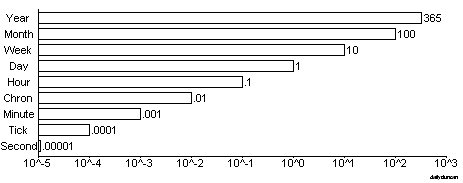
But should we really be adding more names for units of time? In order to remain consistent with metric measurement, we should abandon the naming of each individual unit, accept the day as the base unit and the year as an anomaly. Now let’s compare the new day-based metric units to the old standard ones.

So according to metric time, a second is now .86 seconds. This seems like a difficult change to adopt, but it might help to start counting with Missouri instead of Mississippi. Another problem could be that we are used to counting time using many different units. In standard time we use measurements like 15 minutes and half an hour, but it seems odd to say 15 millidays or half a deciday. The way time is written also needs to change. In the past, clocks would read 6:15, which is 6.25 hours or .26 of the day. But 6:15 in metric time is 6.15 hours or .615 of the day. So how to we communicate metric time?
There are many different ways to write the date and time in our current system. Here’s a popular choice:
Monday, December 31, 11:59 and 59 seconds PM
Notice that we often use the specific name of the day and month, but we never indicate the week. The date is also written in reverse order of time, which can be confusing. Here’s another example of a more uniform way to write the same time:
12:31:23:59:59
This format is difficult to understand, for it doesn’t tell us which digits are what units. If we were to speak it out loud it would sound like this:
12 months, 31 days, 23 hours, 59 minutes and 59 seconds
Since the base of the units varies, it may not be obvious that the following time occurs just one second later:
01:01:00:00:00
It’s worth noting that the month and day are both automatically bumped to the first, despite never counting past zero – yet another inconsistency. In metric time, we don’t have to keep track of seconds, minutes, hours, weeks and months, since we’re only measuring time in days and years. Here’s the first example written again in metric time:
365:9:9:99
Said aloud in standard time, it reads:
365 days, 9 hours, 9 minutes and 99 seconds
Remember that there are 100 seconds in a minute when using unit names taken from standard time. If we were to simply use one unit of measure, the day, then metric time would look like this:
365.9999
And then the time one second later:
0
That’s right, one second after midnight on December 31 would be 0 in metric time. Pretty cool, huh? Unfortunately, this doesn’t solve all of our time problems, since we still have daylight savings time, leap years and time zones. We’ll explore how these mechanics work in part III and attempt to resolve them peacefully.

